A Cosmology of Connection
Our cosmology is our overarching story about the world we live in – who we are, where we came from, and the nature of our relationship to the rest of the cosmos. Our cosmology contains many of our assumptions about reality that we rarely question. While many of us don’t stop to consider the bigger picture story we live within, it nonetheless subconsciously informs the way we see the world. 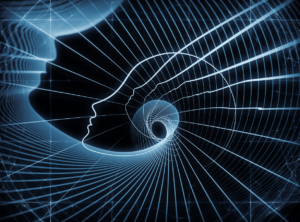
Our current cosmological story is one of darkness: dark energy, dark matter and black holes. It is also one of separation that views space as an empty vacuum. Under our current cosmological story, the universe is a mechanical machine of random chaotic billiard ball bits spinning itself down. Gravity is pulling us down, entropy is ripping us apart, and no one can hear us in our inconsequential little corner of the galaxy.
Whether we realize it or not, many of us have this story of the cold, random, pointless, dark, empty meaningless universe in the back of our psyches. What if there was another way of looking at this miraculous place we inhabit that wasn’t so… grim?
In my own life, it was the discovery of a new cosmological story that changed everything. There is another way to understand who we are and the cosmos that is our home. Instead of a cosmology of darkness and separation, we can embrace an increasingly scientifically-verified cosmology of light and connection.
In order to move from a cosmology of darkness and separation to one of light and connection, we need to open our minds to learning about some things most of us didn’t learn in school. In this module, we will learn about two additional states of matter — plasma and aether — as well as two additional forces of nature – syntropy and levity. We will also learn more about sacred geometry, the perfect expression of life’s harmonic balance, that underpins it all.
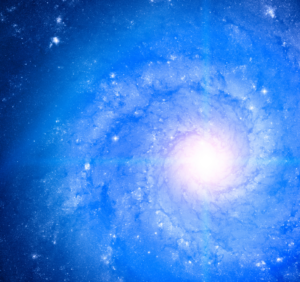 Why does this matter? Because learning about and coming to understand the information here will help you to widen the lens through which you view the world, yourself, and your health. And when our perception is wider, we are able to see new solutions to old problems. Suddenly we have a new set of resources at our disposal for living, creating and contributing.
Why does this matter? Because learning about and coming to understand the information here will help you to widen the lens through which you view the world, yourself, and your health. And when our perception is wider, we are able to see new solutions to old problems. Suddenly we have a new set of resources at our disposal for living, creating and contributing.
When you shine an awareness on these hidden states of matter and overlooked forces of nature, you will find that a very different picture of life starts to come into view – one that is illuminated, energized, connected and full of light and life. One that is full of electric potential!
Plasma, the 4th State of Matter
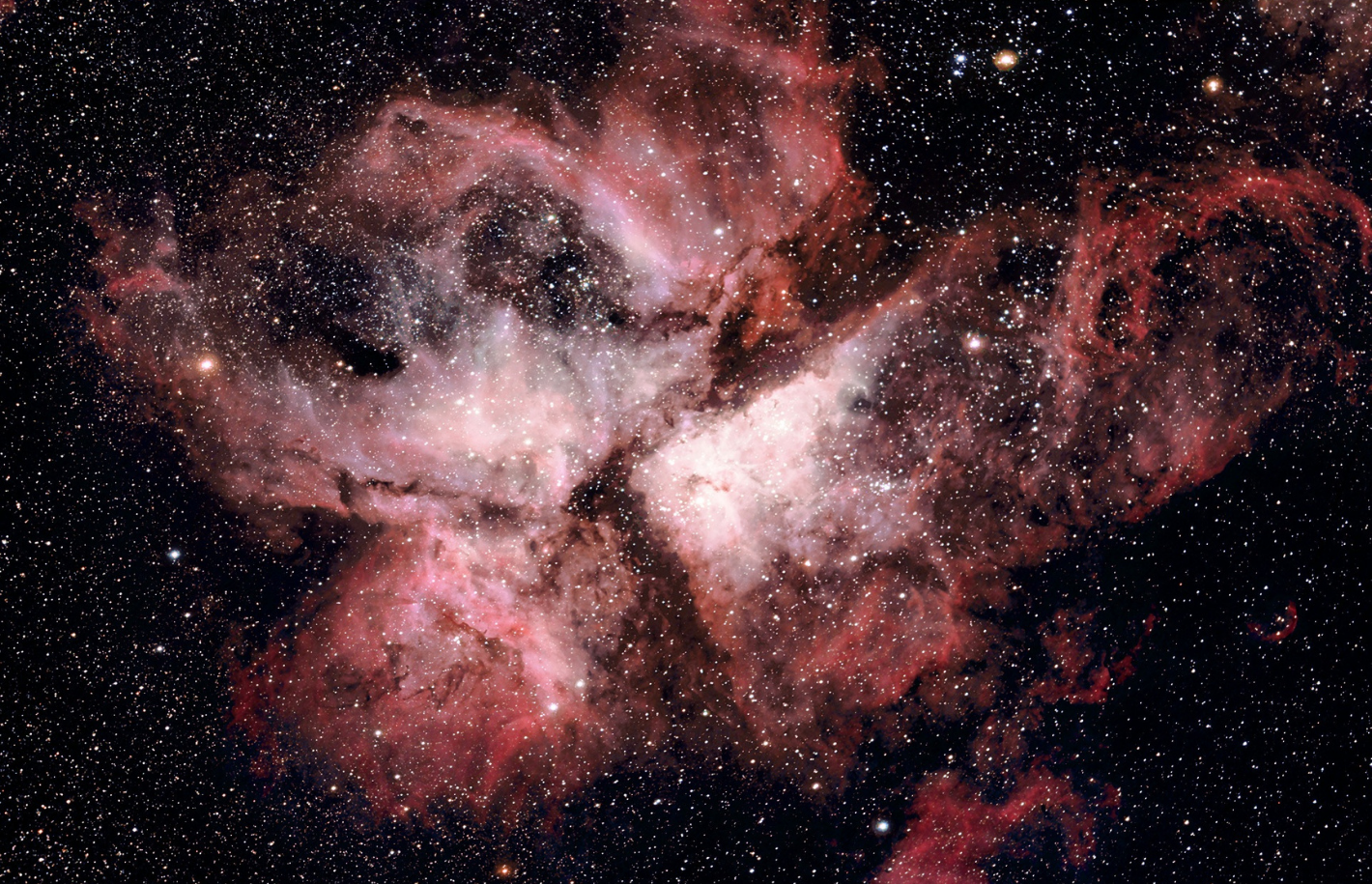
Let’s learn a little more about plasma, the state of matter that you most likely never learned about in school.
It’s a curious thing that many people have never heard of plasma, which comprises as much as 99.99 percent of the known universe. NASA scientists define plasma as the fourth state of matter: it consists of a gas of ions—atoms that have some of their orbital electrons removed—and free electrons. Electrons and ions are free-floating, which means that the gas is electrically conductive and responds strongly to electromagnetic fields.
The other three known states of matter all arise from, or more technically condense from, electrically charged plasma. This “unorganized material; elementary matter” (Webster’s, 1913 edition) condenses into gas, which condenses into liquid, which condenses into solid. But everything begins as plasma (Well, technically, in my humble opinion, aether gives rise to plasma, but we will get to that later!).
Plasma is an important part of this new cosmology of light and connection. Scientists now know that space is electric, and that our sun, rather than being an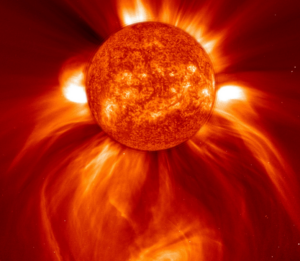 isolated thermonuclear furnace, burning itself out, is electrically connected through plasma to the rest of the electric universe. Space isn’t empty after all — it is filled with plasma of varying densities and formations. And sound waves travel through plasma! They are called Alfven waves.
isolated thermonuclear furnace, burning itself out, is electrically connected through plasma to the rest of the electric universe. Space isn’t empty after all — it is filled with plasma of varying densities and formations. And sound waves travel through plasma! They are called Alfven waves.
In fact, according to plasma physicists, there are no such things as black holes, dark energy or dark matter – these are all mathematical constructs created to explain a universe driven by gravity. All observable phenomenon in space can be replicated in an electrical laboratory because plasma is scalable and fractal — it acts the same way no matter how small or great its expression.
Plasma is all around us. We live in a fluid, electromagnetic environment. When you breathe in, you are breathing in plasma. You are breathing in air that is full of electricity and life. When you’re breathing in coastal, ocean air that’s full of lots of airborne charge (what we call negative ions), you’re breathing in even more plasma.
Space is made up of plasma! Nebulas are a plasma. Lightning is a plasma. The northern lights are a plasma. The sun that heats the earth is made up of plasma. Solar wind isn’t just a hot gas; it’s a stream of electrically charged particles (plasma!) that’s hitting the earth’s uppermost part of the atmosphere, the magnetosphere, that buffers this energy and distributes it around the outer boundary of our planet’s atmosphere.
 We don’t just breathe in oxygen gas, we breathe in electricity! Each oxygen molecule carries free electrons, which bind to the iron in the hemoglobin of our blood and are then dropped off at cells, providing the body with a constant flow of electrical juice. Red blood traveling from the lungs has more light, more electrical juice than the bluer blood that returns to the lungs.
We don’t just breathe in oxygen gas, we breathe in electricity! Each oxygen molecule carries free electrons, which bind to the iron in the hemoglobin of our blood and are then dropped off at cells, providing the body with a constant flow of electrical juice. Red blood traveling from the lungs has more light, more electrical juice than the bluer blood that returns to the lungs.
Your electric body, too, is full of plasma. Research has found that our blood and all the fluids in our bodies are electrically charged. Water is a plasma, as Dr. Gerald Pollack proposes in The Fourth Phase of Water, meaning that water is electromagnetic. The electrified water in our bodies actually forms a gel, the degree of charge present informing how our DNA gets expressed.
We’re not talking about fringe science here — plasma is widely accepted and studied. Modern medicine relies on innovations that use plasma to treat disease. Cold plasmas, for instance, have shown great promise for disinfection.
Again, this isn’t new or radical information. Kristian Birkeland, a Norwegian scientist who studied the northern lights, postulated this theory in the early 1900s and was nominated for seven Nobel Prizes (although he was ridiculed until the proof actually came in). 
A 1995 Scientific American article stated the following: “Since 1958, direct measurements of the outer reaches of the earth’s field by means of artificial satellites and rocket probes have convinced many geophysicists that the simple picture of that magnetic field must be drastically revised. Far from being free of external influences, the geomagnetic field is continuously buffeted by a ‘wind’ of electrically charged particles emanating from the sun, distorted by electric currents circulating in the radiation belts that girdle the earth.” Scientists have known about electric current in space for a long time, but somehow it has never quite made it into our worldview!
Fundamentally, plasma cosmology observes that electricity, which is orders of magnitude stronger than gravity, is what is really running the scene in space. Dark energy and dark matter (mysterious forces that purportedly both hold the universe together and pull it apart) have never been observed—they are mathematical constructs plugged into a mathematical theory of a gravity-driven universe – because the electric force is missing from the equations of current cosmology.
 When you look at what is observed in space through an electric lens, it doesn’t require having faith in invisible dark forces. From a plasma cosmology perspective, galaxies spin because that is how electricity behaves, not because of black holes sucking from the inside and dark energy pushing from the outside.
When you look at what is observed in space through an electric lens, it doesn’t require having faith in invisible dark forces. From a plasma cosmology perspective, galaxies spin because that is how electricity behaves, not because of black holes sucking from the inside and dark energy pushing from the outside.
Over the last few years, the SAFIRE lab has tested the premise of an electric sun and has been able to create a working plasma model in their lab. The University of Wisconsin has also successfully modeled an electric sun and electric solar wind in the lab. This is opposed to the standard thermonuclear fusion model of the sun that has never been successfully created in a lab.
Over the last few years, a tremendous amount of research on plasma and more broadly on the electrical nature of all of life, from the subterranean to the astronomical, from the ocean floor to solar wind, has begun to emerge.
Incredible work is being done at world-class plasma physics labs at Princeton and Stanford, and an increasing number of studies published in respected peer-reviewed journals are revealing the electrical nature of all of life. Here’s some other exciting new evidence of the electromagnetic nature of our terrestrial and inter-terrestrial environment:
- The moon: NASA scientists have shown that the moon is electric. In 2018, for the first time, they detected the presence of a weak layer of microbiologist John Stolz, told The New York Times. The Times noted that the abundance of electroactive microbes in different ecosystems may support biodiversity and help regulate the chemistry of oceans, land, and atmosphere. The bacteria in our gut are also electric, making digestion an electrical fermentation process.
- Soil & Agriculture: Soil: In 2017, Cornell researchers discovered high-definition electron pathways in soil—fueled by the microorganisms that live in the dirt and require electrons for everything they do. This seems to spur plant growth. Johannes Lehmann, a professor of soil science who was involved in the study, said, “We’ve learned the electrons are channeled through soil very efficiently in a high-performing way.” Electro-agriculture—a new field that supplies plants with more electric current from wires in the ground—is a growing field and has been shown to create higher yields of crops.

- Bees: Researchers have identified weak electrostatic field that arises between a flower and a bee, playing part in an electrical interaction that’s critical to the pollination process. Flowers have a slightly negative electric charge, which attracts the positively charged bees, a 2013 study revealed.
- Birds: Birds navigate the earth via electromagnetic fields through their own innate magnetic sense. There is a protein in their eyes, which is also involved in circadian rhythms, that allows them to “see” the earth’s magnetic field and use it to guide their migrational paths. Other animals, including dolphins, turtles, butterflies (and yes, humans!), are also known to be guided by magnetic fields—which may be informed by the presence of magnetite in the tissues of all animals. I discuss this phenomenon at length in my new book, Electric Body, Electric Health.
- Human Reproduction: And since we’re talking about the birds and the bees, let’s talk about sex, too! Research has shown that sex is electric—there is a
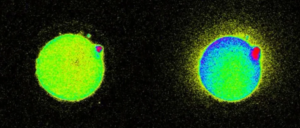 flash of light when a sperm enters an egg. Orgasms involve an intense burst of electrical activity in the nervous system, vagus nerve, and brain—a literal moment of illumination. As Regina Nuzzo wrote in the Los Angeles Times, “In an orgasm orchestra, the genitalia may be the instruments, but the central nervous system is the conductor.”
flash of light when a sperm enters an egg. Orgasms involve an intense burst of electrical activity in the nervous system, vagus nerve, and brain—a literal moment of illumination. As Regina Nuzzo wrote in the Los Angeles Times, “In an orgasm orchestra, the genitalia may be the instruments, but the central nervous system is the conductor.”
These myriad natural sources of electricity — composed of plasma on the most basic level — may provide the keys to the future of our species and the planet. Based on what science is beginning to reveal, solar power may be only scratching the surface of what’s possible. Scientists across the globe are currently investigating how to harness electricity from bacteria, the air in the atmosphere, the earth’s core, and other elements of the environment as potential energy solutions.
There is a wealth of innovation and creative solutions to the world’s problems just waiting to be discovered in this largely untapped natural resource!
Learn More about Plasma from this slideshow
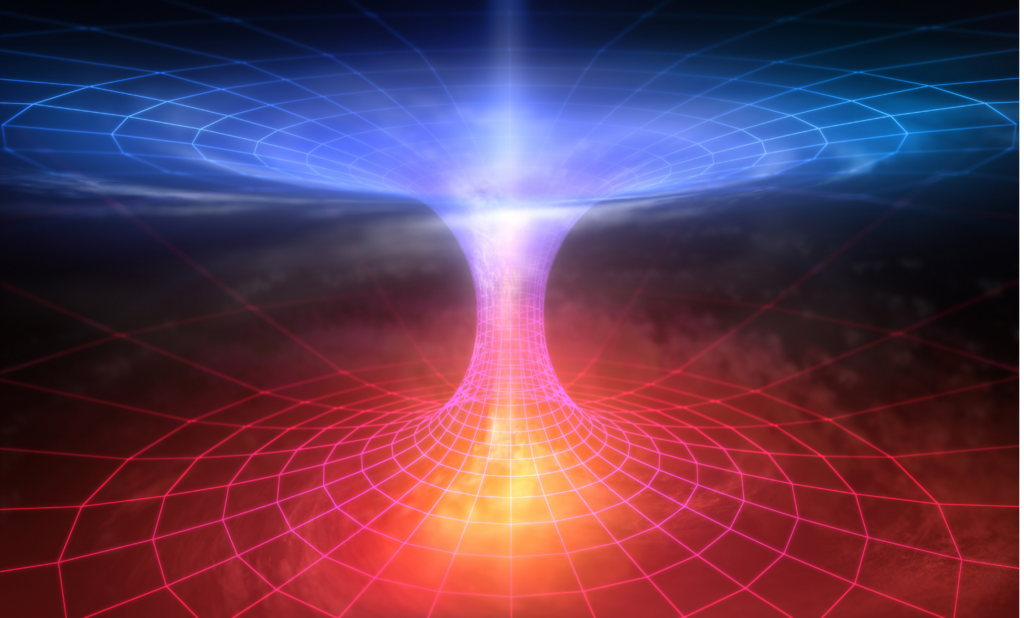
The Aether
*Note: aether and ether are both correct spellings and are both used in this text depending on the context
The much-mythologized aether — also called the zero point field, the quantum vacuum, the Higgs field, the unified field, the akashic record, and more — this fifth state of matter is described as the primary substance from which all other forms of matter arise.
Aether is the classical term for the “luminiferous ocean of clear light” that, in varying densities and arrangements, composes everything we see as well as the space between the things we see. The simplest definition describes aether as an invisible ocean of light that electromagnetic waves arise in, travel through, and dissolve back into. It is the source of all energy and all form, the medium through which the “word” (vibration) gave rise to light.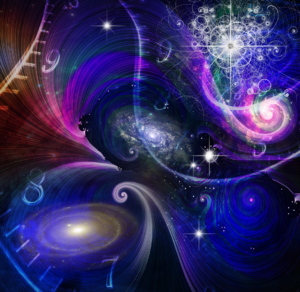
Aether is dielectric, meaning it has the ability to polarize itself into what we call positive and negative charges, and through torsion—the spiraling dance of those forces—it spins itself into plasma, which spins itself into gases, and then into liquids and solids. Matter precipitates from its finest form, aether, and spirals into visible light, and then into the density of the physical matter we see all around us. What this points to is the notion that everything is fundamentally aether, woven through different vibrating arrangements into greater and greater density.
The aether has been discussed and described in many different ways by many different wisdom traditions and schools of thought. In religious terms, ether is another word for the heavens or the celestial realms. It is described in many cultures as being synonymous with spirit or God. In many ancient and medieval civilizations, aether was considered one of the elements — the element of space. In physics, ether is defined as “an all-pervading, infinitely elastic, massless medium formerly postulated as the medium of propagation of electromagnetic waves.” (Note the “formerly” in the scientific definition of the aether—we’ll get into this momentarily.) Early explorers of electricity such as Nikola Tesla, James Clerk Maxwell, and J. J. Thomson understood aether as the medium through which light waves traveled.
In the ancient Vedic texts, ether, or space (akasha), is said to give rise to all vibration, which then creates the phenomenon of sound. Vedic cosmology describes sound and ether as inseparable—and suggests that the aether is the medium through which both sound and light waves travel. Vedic tradition also describes the ether as the substance that the mind is made up of.
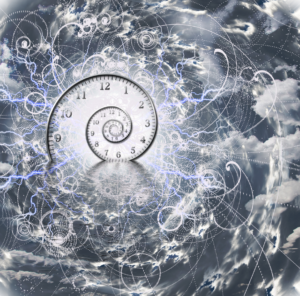 According to the California College of Ayurveda, “Ether represents the substratum upon which thoughts and emotions ride like waves upon the ocean.” The aether and the akasha are both seen as holding the vibrational information of everything that ever is, was, or will ever be: all our experiences, thoughts, memories and emotions. It is the Akashic records—the vibrational “book of life” that holds our individual histories and the history of the collective, in past, present, and future time.
According to the California College of Ayurveda, “Ether represents the substratum upon which thoughts and emotions ride like waves upon the ocean.” The aether and the akasha are both seen as holding the vibrational information of everything that ever is, was, or will ever be: all our experiences, thoughts, memories and emotions. It is the Akashic records—the vibrational “book of life” that holds our individual histories and the history of the collective, in past, present, and future time.
Nikola Tesla, the pioneer of the electrical science that informs so much of the world around us, describes aether elegantly as the “primary substance . . . filling all space.” In the late 1800s, Tesla spoke of a universe that was electrified, a system filled with energy, underlaid by a universal field that gave rise to all matter. In Tesla’s mind, electricity was responsible for almost all phenomena in the cosmos.
All the way up to the turn of the 20th century, the aether was part and parcel to our understanding of reality. Physicists understood the aether as the medium through which light waves traveled, just the same way waves travel through water. Then, in the early 1900s, the theory of aether was allegedly debunked when it was replaced with the hypothesis of space as an empty vacuum, purportedly in support of Einstein’s theory of relativity.
Without getting too deep into some very complex science, the short story is that relativity created a framework for understanding space-time that did not require the presence of the aether. Compounding matters was the famous 1887 Michelson-Morley experiment, which allegedly failed to detect the presence of an aether when attempting to determine whether the hypothetical “aether drag” had any impact on the speed of light. Despite its many flaws, this experiment is routinely cited, along with relativity theory, as conclusive evidence that the aether does not exist.
Another nail in aether’s coffin was Einstein’s famous 1905 paper on special relativity, in which he dismissed the ether as “superfluous.” And yet, the question of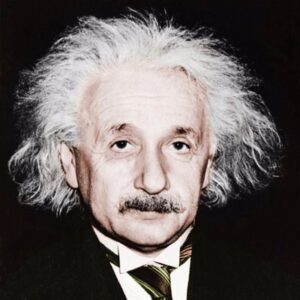 the aether dogged him for many more years. As Einstein’s thinking evolved, he became increasingly convinced that there must be some electromagnetic medium in space. By 1920, he seemed to have completely changed his tune. He said in an address on the subject at the Leiden University: “More careful reflection teaches us, however, that the special theory of relativity does not compel us to deny ether.” Einstein’s 1920 statement is worth quoting at length, as it succinctly describes the apparent conflict between ether and relativity:
the aether dogged him for many more years. As Einstein’s thinking evolved, he became increasingly convinced that there must be some electromagnetic medium in space. By 1920, he seemed to have completely changed his tune. He said in an address on the subject at the Leiden University: “More careful reflection teaches us, however, that the special theory of relativity does not compel us to deny ether.” Einstein’s 1920 statement is worth quoting at length, as it succinctly describes the apparent conflict between ether and relativity:
To deny ether is ultimately to assume that empty space has no physical qualities whatever. The fundamental facts of mechanics do not harmonize with this view . . . The conception of the ether has again acquired an intelligible content, although this content differs widely from that of the ether of the mechanical wave theory of light . . . According to the general theory of relativity, space is endowed with physical qualities; in this sense, there exists an ether. Space without ether is unthinkable; for in such space there not only would be no propagation of light, but also no possibility of existence for standards of space and time.
Well into the 1930s, Einstein toiled to develop a unified field theory that would include time and space as a part of some kind of unified field, which he began to refer to as the “new ether.” In his 1938 book The Evolution of Physics, Einstein wrote: “[Ether]’s story, by no means finished, is continued by the relativity theory.” (Meanwhile, Nikola Tesla was making use of his more sensible and practical understanding of aether and plasma to create useful inventions).
By this time, Einstein had publicly recanted his earlier declaration of the aether’s nonexistence. But the damage had already been done, and by then, nobody wanted anything to do with the aether. The theory was declared dead—that is, until very recently. Today, mainstream physicists are beginning to reconsider the aether as the theory of relativity reveals more and more pressing structuring flaws—suggesting that it may not be the final stop in the journey of our understanding of the universe.
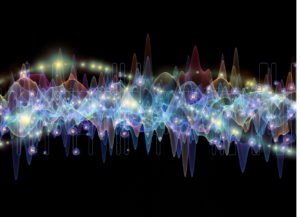 Relativity has not been able to explain the forces of dark energy and dark matter. And perhaps even more pressingly, physicists have yet to find a “quantum theory of relativity” that explains how the universe behaves at the smallest scale.
Relativity has not been able to explain the forces of dark energy and dark matter. And perhaps even more pressingly, physicists have yet to find a “quantum theory of relativity” that explains how the universe behaves at the smallest scale.
Now, as New Science notes, “the key to relativity’s salvation could lie in the aether.” The article goes on to explain that a small group of researchers since the early 2000s have claimed that aether could have the power to unify physics. In 2018, two research groups suggested that the aether could provide an explanation for dark energy and dark matter. As further research unfolds in the coming years and decades, we may just see our cosmological story changing before our eyes.
Even as scientists dismissed the concept of the aether or were ridiculed if they pursued it, the search for explanations for the subtle energetic field that seems to pervade all matter never stopped — it’s just been called by different names. They’ve called it the zero-point field, the quantum field and the Higgs field. If you look up the definition of each of these concepts, they sound a whole heck of a lot like the aether.
Here is the definition of the Higgs field: “The Higgs field is a field of energy that is thought to exist in every region of the universe that gives rise to and interacts with matter.” Since he couldn’t call it aether because that idea was deader than dead, Peter Higgs named it after himself! Noted physicist Lawrence Krauss wrote that the Higgs field “validates the notion that seemingly empty space may contain the seeds of our existence.”
Bringing the aether back into our cosmological story creates an underpinning of the recognition of the essential unity of all of life. And, it also provides us with a logical explanation for how previously considered “metaphysical” phenomena such as distance healing, remote viewing, and knowing who sent that text before you look at the phone actually works. And that is simply, that we are all connected, through time and space, by the underlying fabric of reality.
“Resonance in the aether” is a term we can use to replace “spooky action at a distance” or even “quantum entanglement” – there is nothing spooky about the unified field being in relationship to itself.
Many of us have learned about and understand the concept of entropy: it is the tendency of systems to lose order over time. Here is a good description, from a useful Farnham Street blog post about entropy:
Energy disperses, and systems dissolve into chaos. The more disordered something is, the more entropic we consider it. In short, we can define entropy as a measure of the disorder of the universe, on both a macro and a microscopic level.
The idea that systems descend into chaos is well understood and often-cited in science. What seems to be less well understood is the opposite force – the amazing miraculous force that brings order into being, what science calls negative entropy, or “negentropy.”
The life force, the creative force, that grows mighty trees from the seeming chaos of the forest floor, that grows babies in bellies, that gives rise to human creations of buildings and organizations and art and music is rarely discussed and when it is it is referred to as “negative.” Strange, no?
The term “syntropy” seems a better fit for the order that arises from the chaos that entropy creates. The term comes from the Greek roots syn (together) and tropos (tendency), coined by the mathematician Luigi Fantappiè in 1941. It was popularized by futurist Buckminster Fuller in the 1950’s and biochemist Albert Szent-Györgyi in the 1970’s, but somehow never took hold in the lexicon of science.
Each of us are a force of syntropy in the world, uniquely created to add energy and organization to our environment. According to the Farnham Street blog, “Each of us makes our own efforts to reduce disorder. The existence of entropy is what keeps us on our toes.”
Syntropy is the dancing partner of entropy. Together they engage in a constant, never-ending dance of order falling into chaos and chaos spontaneously giving rise to order.
Syntropy arises naturally in nature and also in our own hearts and minds and spirits if we let it – and that arising is supported by the force of levity.
Gravity, we are told, is the force that keeps us tethered to the surface of the planet, that keeps us down. However, if there wasn’t a counterforce to it, everything would be flattened like pancakes to the surface of the planet. Enter levity, the force that elevates!
Did you know sound waves actually “fall upward”? Listen to a steel drum band and you can feel that force of levity lift your limbs, sets your cells and your bones bouncing. Different frequencies can create standing waves that levitate objects. We can use the power of music, of our own voices, to induce levity into our own bodies.
Informed by the definitions of gravity and entropy, many of us find ourselves being pulled down and ripped apart in a world that seems to be experiencing the same on every front. Just knowing the words and the concepts of alternative perspectives — of the opposing creative and uplifting and organizing forces present in nature — can help us align with and connect to those energies and potential experiences.
Try thinking about life, the universe and everything, in terms of light, syntropy, connectivity, and levity — and see what you notice!
You can read more about syntropy in Eileen’s blog post.
Sacred Geometry
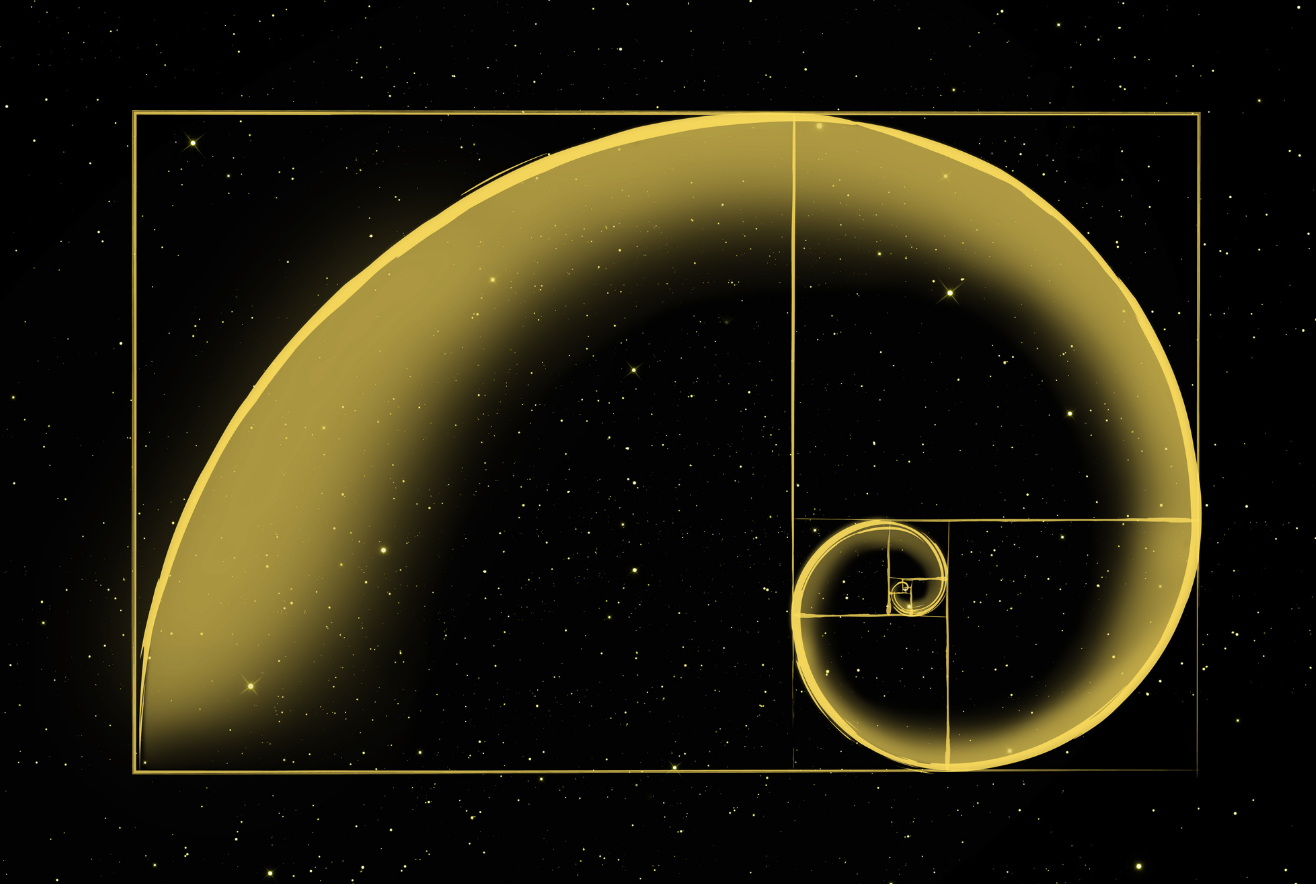
Geometry is present within the aether. Everything in nature has a very fundamental geometry to it, from atoms and cells to sea shells and plants to stars, planets and the universe as a whole. On every scale, everything in nature conforms to one or more sacred geometric shapes.
What we call “sacred geometry” is an ancient science exploring the energy patterns through which the universe organizes itself. Why sacred? Because they speak to the hidden order, the self-organizing principle, that underlies all of creation. When we attune ourselves to this fundamental aspect of creation, we come into powerful contact with the harmony inherent in the natural world.
Although it is called “sacred” geometry, it could just as easily be called “classical” geometry – it is the science and the study of the fundamental geometric patterns that underlie and inform all of the natural world, including our human bodies.
Click through the slideshow to learn more:
